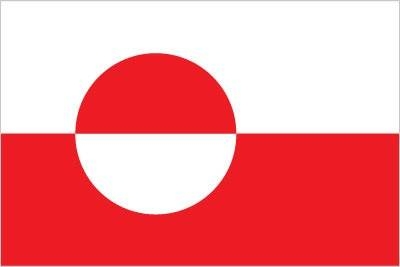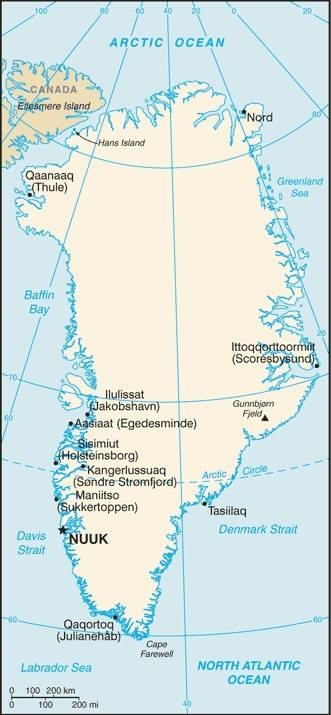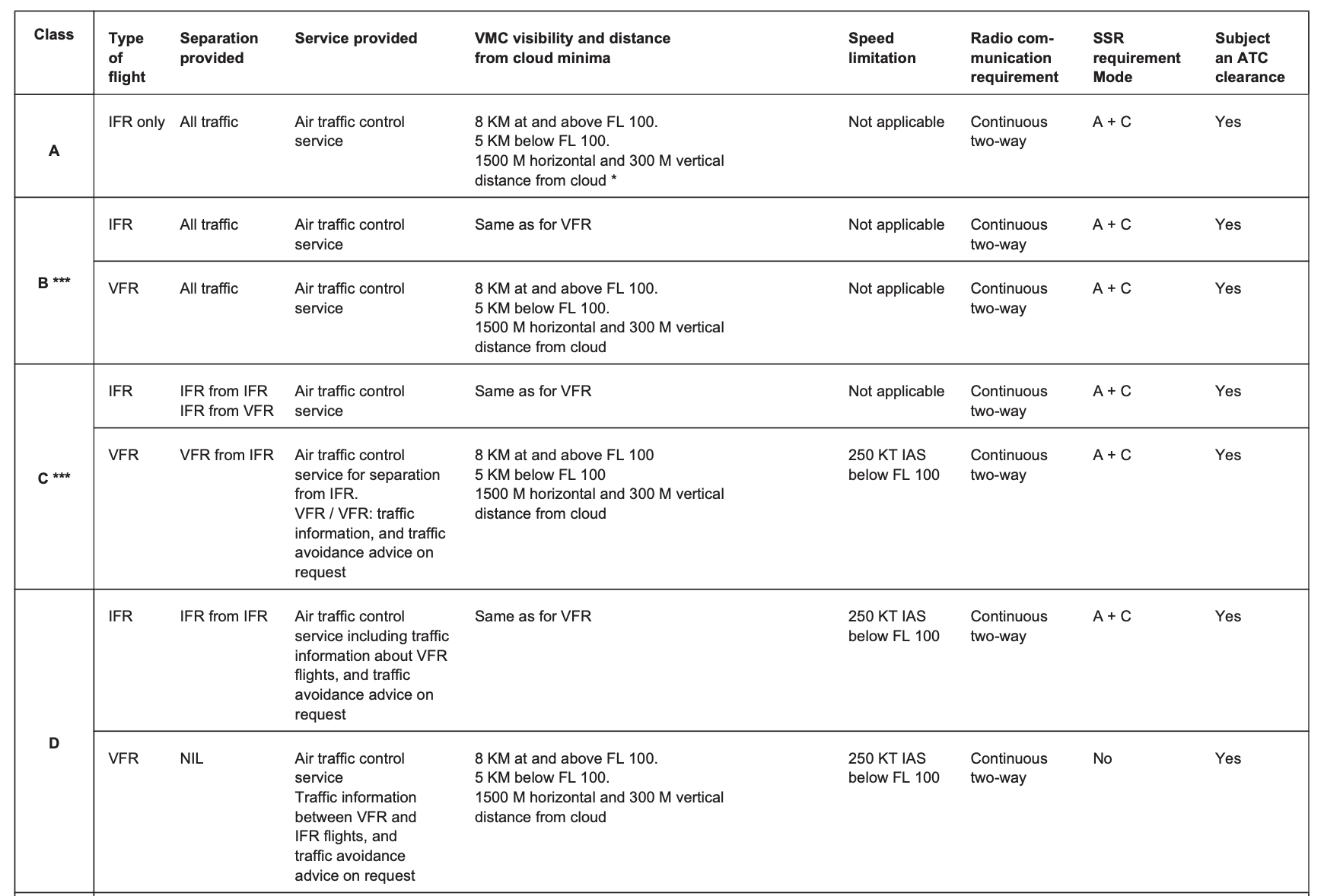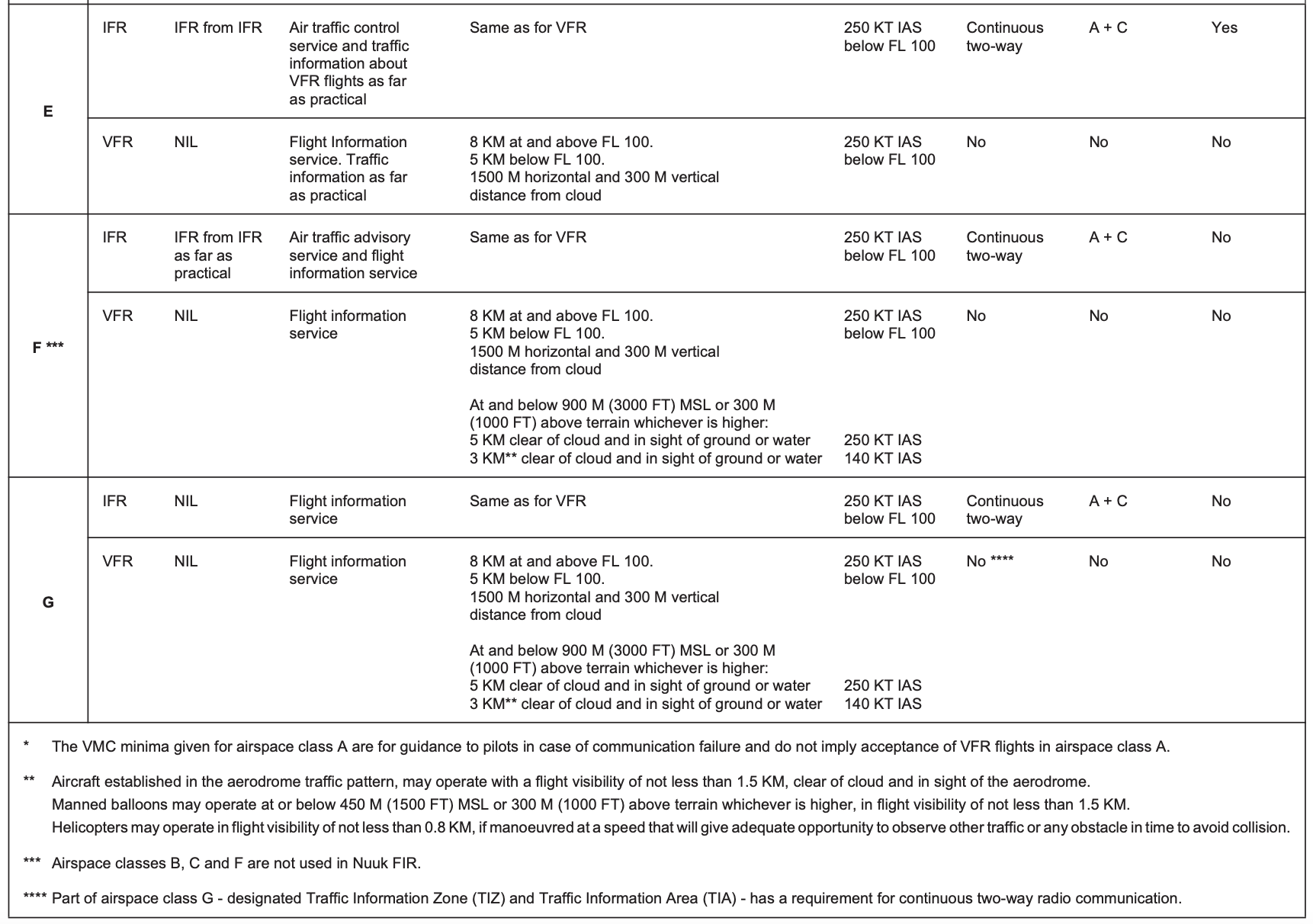65 Greenland (Denmark)

Two equal horizontal bands of white (top) and red with a large disk slightly to the hoist side of center – the top half of the disk is red, the bottom half is white. The design represents the sun reflecting off a field of ice. The colors are the same as those of the Danish flag and symbolize Greenland’s links to the Kingdom of Denmark.
Flag courtesy of the CIA World Factbook

Map courtesy of the CIA World Factbook

Carvings in Qaqortoq.
Photo courtesy of the CIA World Factbook
Last updated on April 17, 2024
Government
According to Britannica, in 1979 the Danish government granted home rule to Greenland (Kalaallit Nunaat). Under this agreement, Greenland remained part of the Danish realm, and each Greenlander was a Danish citizen, enjoying equal rights with all other Danes. Denmark retained control of the island’s constitutional affairs, foreign relations, and defense, while Greenland maintained jurisdiction over economic development, municipal regulations, taxes, education, the social welfare system, cultural affairs, and the state church. Mineral resources were managed jointly by Denmark and Greenland. It was perhaps this last point that inspired Greenlanders to vote overwhelmingly in 2008 to increase their autonomy from Denmark, and Greenland is now officially designated a self-governing overseas administrative division of Denmark. Under the expanded home rule agreement, which took effect on June 21, 2009, Greenland retained a greater percentage of oil and mineral revenue. It also managed virtually all domestic affairs, including criminal justice, and Greenlandic supplanted Danish as the official language of government. Denmark, in collaboration with Greenlandic political leaders, continued to manage the island’s foreign relations and defense.
The centre of power in Greenland is the Inatsisartut, a parliament elected to four-year terms by all adults age 18 and older. A number of parties have been represented in the Inatsisartut. Among them are Siumut, a social democratic party that favours self-determination while maintaining close relations with Denmark; the Demokratiit party, created by a breakaway faction of Siumut; Atassut, a more conservative party that has supported Greenland’s historical relations with Denmark; and Inuit Ataqatigiit, which calls for full independence from Denmark. The Inatsisartut elects the prime minister as well as the other members of the Landsstyre, a council that assumes the island’s executive responsibilities. The prime minister is typically the leader of the majority party in the parliament. Greenland’s voters also elect two representatives to the Danish parliament (Folketing). An official known as the high commissioner represents the Danish government in Greenland.
Civil / National Aviation Authority (CAA/NAA)
Greenland government – Greenland was ruled by Denmark from the early 18th century until 1979, when home rule began. In 2009, Greenland approved the Self-Government Act in a referendum. The act means that Greenland can assume additional areas of responsibility. However, foreign policy, defense policy, and security policy cannot be transferred to Greenland.
Airspace
SkyVector – Google Maps – ADS-B Exchange
ICAO countries publish an Aeronautical Information Publication (AIP). This document is divided into three parts: General (GEN), En Route (ENR) and Aerodromes (AD). ENR 1.4 details the types of airspace classes they chose to adopt from classes A through G. Greenland AIP


Drone Regulations
There are different regulations for flying drones in Greenland depending on the size of the drone and whether it is a so-called ‘private flight’ or a flight for commercial purposes – however, as this article principally involves flying drones in the context of tourist travel, reference will be specifically made to the regulations for private flights with drones of up to 7 kg.
In the event of flights with larger drones or commercial drone flights, you have to acquire a dispensation even if you have an EU-approved drone certificate since Greenland is outside the EU. You can take a dispensation course with Arctic Unmanned.
Regulations for private flights with drones weighing less than 7 kg – The regulations for private individuals with respect to flying drones in Greenland appear in The Danish Air Navigation Act as described in legislation BL 9-4, which in short states that:
- The distance to the runway/runways of a public aerodrome must be at least 5 km*
- The distance to the runway/runways of a military airbase must be at least 8 km
- The distance to built-up areas and major public roads must be at least 150 m
- Flight level must not exceed 100 m above the ground
- Densely built-up areas and areas in which a large number of people are gathered in the open air must not be overflown
- The drone must remain within sight of the operator at all times
- The 3 particularly sensitive natural resorts in Greenland (The National Park of Greenland, Melville Bay and Angujaartorfiup Nunaa, southwest of Kangerlussuaq) that are referred to in BL 7-16 must not be overflown.
* As per droneregler.dk: “it is not possible to fly recreationally within urban areas. In other words, it is only in connection with carrying out professional tasks that you can be allowed to fly on the basis of a dispensation”
NOTE! In addition, §4, 4 of Executive Order no. 3 of 14 September 2018 on the protection of polar bears states that: “It is prohibited to use drones to film or otherwise pursue polar bears”
Penalties and confiscation for violation of the regulations – According to the Greenlandic Police, a fine for violation of the regulations will amount to between DKK 2,000 and DKK 6,000, depending on the size of the drone and how hazardous the circumstances of the violation are. As such, a drone of more than 3-4 kg flying above a large number of people will result in a fine of not less than DKK 4-5,000. Furthermore, in the event of such a violation of the regulations, the drone will probably be confiscated by the Police.
10 good pieces of advice if you wish to bring your own drone to Greenland
- If you fly a drone weighing under 7 kg, you can fly recreationally, but only outside urban areas
- Comply with the regulations to avoid penalties and confiscation
- To be sure, ask Air Greenland or Icelandair if there are limitations in terms of the batteries your drone is using, as some restrictions may apply
- If you wish to fly from a boat, then do this while it is stationary
- If, however, you wish to fly from a moving vessel, then make sure that you have practised launching and catching the drone from a vessel back at home – thus avoiding the loss of the drone
- Check the weather forecast. Fierce winds can begin to blow with very little warning in Greenland
- Keep an eye on the battery level. Cold temperatures drain the battery more rapidly
- Have a backup battery with you
- Have a backup propeller with you. In many towns in Greenland, propellers cannot be purchased
- Ask the skipper and other passengers whether it is OK for you to fly the drone
Can you buy drones in Greenland? – Yes. In the larger towns, Elgiganten, Nota Bene or the electronics department of major supermarkets Pisiffik and Brugsen sell a small range of drones and drone-kits, e.g. the most popular drones, such as those marketed under the brand name DJI. However, it may be a bit of a gamble to assume that you can buy a drone in Greenland, as the range of stores that sell drones – as well as the selection of drones in said stores – is limited. If your favorite model is sold out, it may take several weeks before it is back in stock, since goods are sent to Greenland via cargo vessels.
See a number of fantastic drone clips videos on visit Greenland channel
Special regulations are valid for drone flying in the Faroes (and Greenland).
Flying with a drone in Greenland and the Faroe Islands is not like in Denmark and the rest of the EU, as both Greenland and the Faroe Islands are outside of EU cooperation.
Thus, the countries themselves must decide whether they want to implement legislation corresponding to Danish and European legislation, which in the drone area has not been done since 2014 (except for a few additions).
Therefore, drones are controlled based on the rules in the Aviation Act and primarily the so-called Provisions on Aviation, BL 9-4.
The drone rules – BL 9-4
In BL 9-4 it is prescribed which rules one must fly according to, and not least that all drone flights according to BL 9-4 must take place outside urban areas. It offers both some advantages and disadvantages for remote pilots.
The advantages are that if you are simply going to Greenland or the Faroe Islands to fly recreationally or professionally outside urban areas, you can do so as long as you fly according to the rules in BL 9-4 – both the general rules, but also the rules for that weight class, your drone is located in.
The disadvantages are that it is not possible to fly recreationally within urban areas. In other words, it is only in connection with carrying out professional tasks that you can be allowed by us to fly on the basis of a dispensation issued by us.
How you, as a professional drone pilot, apply for a dispensation to fly in urban areas and possibly closer to airports and helipads, you can read more about below.
The main rules
BL series 9 contains various provisions regarding aviation. The series regulates various aircraft that are not regulated by other provisions, including aircraft used for air sports.
You may fly a drone up to 25 kg. – BL 9-4 applies to aviation within. Danish territory (Read: Greenland and the Faroe Islands) with unmanned aerial vehicles that do not weigh more than 25 kg, except for unmanned free balloons. If you have to fly drones that weigh more than that, you must apply for an exemption based on a risk assessment.
Do not endanger others – You must not endanger others and other people’s property, which can be translated into you not flying over people or property. In the event of a crash, there is a risk of exposing the aforementioned to dangers.
Weight classes for drones in Greenland and the Faroe Islands
- Category 1A: 0 kg – up to 1.5 kg.
- Category 1B: from 1.5 kg – up to 7 kg.
- Category 2: from 7 kg – up to 25 kg.
Apply for exemption from the rules. – Companies and institutions can apply for exemption from the rules (dispensation permit) if the drone is to be used for testing, research or commercial purposes. Dispensation is issued to companies according to the Aviation Act and to companies and drone operators according to BL 9-4 in accordance with the practice as determined in AIC B 08/14 and AIC B 13/18 (dispensation permit). Companies/institutions and drone operators can apply for exemption if it is compatible with the considerations underlying the regulations. The drone flight takes place with due regard for the safety of aviation and general interests in general. In addition, the drone must be covered by valid liability insurance.
Practice regarding exemption application – The board has established two practices for how exemptions from the rules in BL 9-4 can be applied for – i.e. exemption from the rules applicable to drones under 25 kg.
- The board can dispense from BL 9-4 according to AIC B 08/14. It follows from this practice that an application is submitted to the agency, in which a company with one or more drone operators draws up an operating manual for flying drones. The drone operators who must be covered by the exemption must be able to document a certain amount of experience with flying drones and possibly have to take a practical test with the agency.
- The board has also established in AIC B 13/18 the possibility of issuing a dispensation for flying a drone in the Faroe Islands to a drone operator, if he has acquired a drone certificate cf. bkg. No. 1256 of 24 November 2017 on flying drones in urban areas.
In connection with a dispensation, it will be a condition for all categories of drones that the operational provisions in the urban drone ordinance are complied with.
The board processes applications. To apply for an exemption, and thus become an ‘approved drone operator’, you must complete and submit one of the application forms below (depending on the weight of the drone).
Subsequently, you will be asked to deliver the following documents to the agency:
- Documentation for subscription eligibility (Printout from the Danish Business and Companies Agency)
- Description of the company’s activities
- Description and photo of the drone type (designation/manufacturer), dimensions and other technical specifications, as well as an explanation of how the technical requirements are met
- The pilot’s name and social security number, as well as a statement of experience with flying the type
- Copy of liability insurance, which must comply with Regulation (EC) No. 785/2004 of the European Parliament and of the Council of 21 April 2004
- The company’s operating manual (is not the same as the aircraft’s instruction manual), see possibly instructions below
- The drone operator’s name and drone certificate
Professional etc. use of unmanned aerial vehicles (UAS/RPAS) in Denmark – AIC B 08/14
Flying with drones within 5 km of public airfields/8 km from military air stations – AIC B 11/16 – Drone flight is carried out in accordance with BL9-4 “Regulations on aviation with unmanned aerial vehicles that do not weigh more than 25 kg”.
Commercial use of drones (UAS/RPAS) within urban areas in the Faroe Islands and in Greenland – AIC B 13/18 – Flying with drones (UAS/RPAS) in the Faroe Islands and in Greenland takes place in accordance with applicable regulations, cf. BL 9-4, 3rd edition of 9 January 2004, Regulations on aviation with unmanned aerial vehicles that do not weigh more than 25 kg.
Rules for drones over 25 kg – If it is a drone that weighs more than 25 kg, the rules in the Aviation Act apply.
Promulgation of the Aviation Act – LBK no. 1149 of 13 October 2017
Application form – Cat. 1A (0-1½ kg) – Application for exemption for business.
Application form – Cat. 1B (1½-7 kg) – Application for exemption for business.
Application form – Cat. 2 (7-25 kg) – Application for exemption for business.
Advanced Air Mobility (AAM)
Short Essay Questions
Question 1
You have been hired by a Drone Startup Company. Your boss has immediately assigned this job to you.
They need you to prepare a one-page memo detailing the legalities of using a drone to film over Qaqortoq, pictured above.
They need you to mention any national laws and local ordinances.
They specifically want to know what airspace you will be operating in and whether or not you need an airspace authorization.
Does it matter whether or not you are a citizen of the country?
Lastly, there is a bonus for you if, as you scroll through this chapter, you find any typos or broken links!
Question 2
Do you need a certificate to fly UAS?
If so, how do you obtain one?
Are there fees associated with this?
If so, how much?
Question 3
May you operate beyond visual line of sight?
If so, what procedures must you follow?
Question 4
Does the country have UAM/AAM laws? If so, describe, citing the exact law.
Question 5
Are you aware of any new laws or policies not mentioned above? If so, describe, citing the exact law or policy.

